Author: Cade Jobe
Being the most abundant ingredient in beer, it makes sense that brewers concerned with making a quality product would pay attention to their water. Often argued as being the best approach, starting with reverse osmosis (RO) water then building it up to a desired profile all but ensures positive results, as RO water is free of nearly all minerals and chemicals, effectively making it a blank slate.
However, the costs associated with RO filtration systems are such that many opt to start with the most readily available water, which is that from the tap, then make the necessary adjustments to get it to their desired profile. While making good beer with tap water is certainly possible, there are a number of considerations brewers must make when doing so, particularly as it relates to the chemical disinfectant used by their municipality as well as the baseline mineral content.
I’ve brewed using various water sources and have satisfactory results with all of them, something I believe is due to my near obsessive focus on water quality. An issue that’s been discussed by the Brülosophy crew for some time is whether RO and tap water that are built up to the same profile would produce characteristically similar beers. Now that I live in a place with a consistent water source that does not rely on chloramine for disinfections, and armed with a LaMotte Water Test, I decided to see for myself!
| PURPOSE |
To evaluate the differences between an American Pale Ale made with reverse osmosis water and one made with tap water when both are adjusted to the same mineral profile.
| METHODS |
For this xBmt, I went with a classic American Pale Ale recipe with a twist, opting to ferment with the new Imperial Yeast I22 Capri strain.
Double Negative
Recipe Details
| Batch Size | Boil Time | IBU | SRM | Est. OG | Est. FG | ABV |
|---|---|---|---|---|---|---|
| 5.5 gal | 60 min | 46.2 | 5.4 SRM | 1.054 | 1.013 | 5.38 % |
| Actuals | 1.054 | 1.013 | 5.38 % | |||
Fermentables
| Name | Amount | % |
|---|---|---|
| Lamonta: Pale American Barley Malt | 11 lbs | 91.67 |
| Munich I | 1 lbs | 8.33 |
Hops
| Name | Amount | Time | Use | Form | Alpha % |
|---|---|---|---|---|---|
| Magnum | 20 g | 60 min | Boil | Pellet | 14.2 |
| Centennial | 20 g | 30 min | Boil | Pellet | 8.7 |
| Cascade | 28 g | 1 min | Boil | Pellet | 5.5 |
| Cascade | 56 g | 5 days | Dry Hop | Pellet | 5.5 |
Yeast
| Name | Lab | Attenuation | Temperature |
|---|---|---|---|
| Capri (I22) | Imperial Yeast | 76% | 73.4°F - 64.4°F |
Notes
| Water Profile (RO): Ca 90 | Mg 12 | Na 36 | SO4 200 | Cl 50 | HCO3 90 Water Profile (tap): Ca 137 | Mg 12 | Na 36 | SO4 201 | Cl 50 | HCO3 228 |
Download
| Download this recipe's BeerXML file |
Prior to brewing the beers for this xBmt, I used my LaMotte Water Test Kit to get an idea of the starting profile of my tap water.
I started my brew day off by collecting identical volumes of RO and tap water then adjusting both with the amounts of minerals needed to achieve as similar a profile as possible.
Given the naturally high bicarbonate level, it was difficult to precisely match certain minerals, so I focused primarily on sulfate and chloride, and I also used lactic acid to ensure both were at the same pH.
| Gypsum | CaCl | Epsom | Baking Soda | Lactic Acid | |
| RO Water | 8.1 g | 2.85 g | 3.7 g | 3.1 g | 6 mL |
| Tap Water | 10.5 g | 2.5 g | 0 g | 0 g | 9 mL |
Once the waters were properly heated, I added the milled grains, turned the pumps on to recirculate, and set the controllers to maintain my target mash temperature of 152°F/67°C.
While the mashes were resting, I weighed out the kettle hop additions.
Following each 60 minute mash rest, I removed the grains then boiled the worts for 60 minutes, adding hops at the times listed in the recipe.
When the boils were complete, I quickly chilled the worts then took hydrometer measurements showing both were at the same OG.
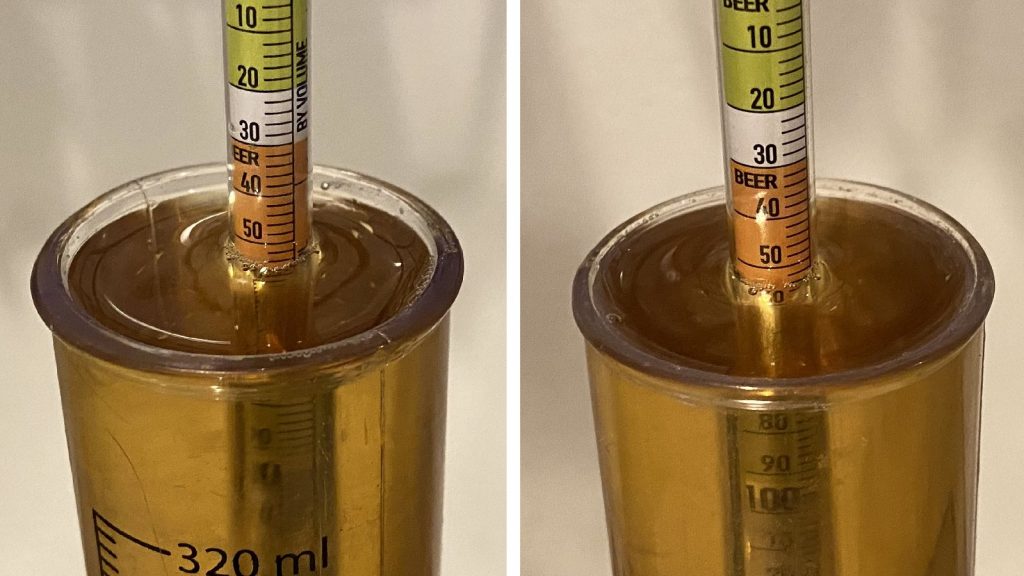
After transferring the worts to sanitized fermenters, they were placed next to each other in my fermentation chamber and I pitched a single pouch of Imperial Yeast I22 Capri into each.
The beers were left to ferment at 74°F/23°C for 4 days before I returned to add the dry hops. After another 5 days, I took hydrometer measurements that showed a minor difference in FG.
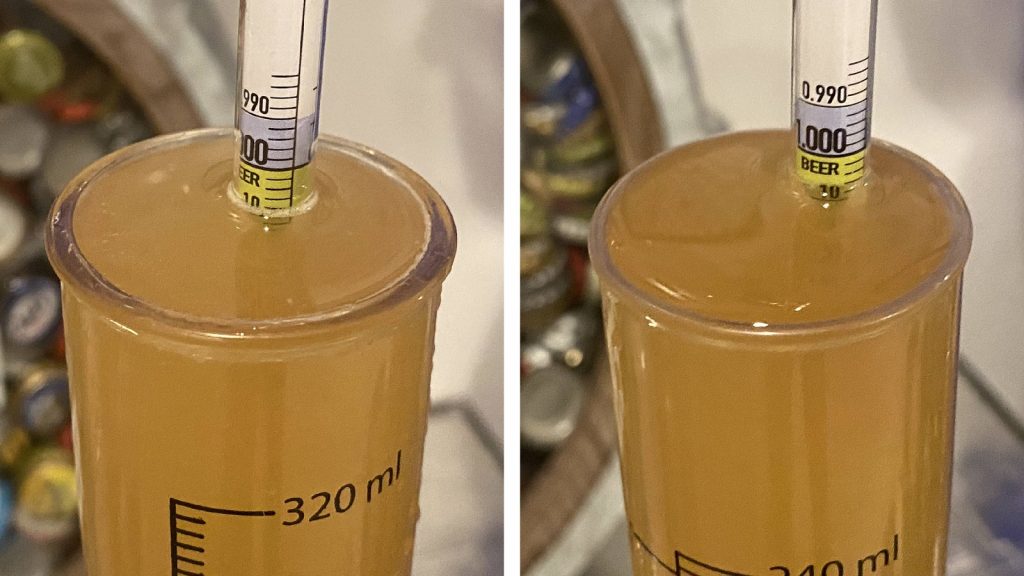
At this point, the beers were pressure transferred to CO2 purged kegs.
The filled kegs were placed on gas in my keezer and allowed to condition for a couple weeks before they were ready for evaluation.
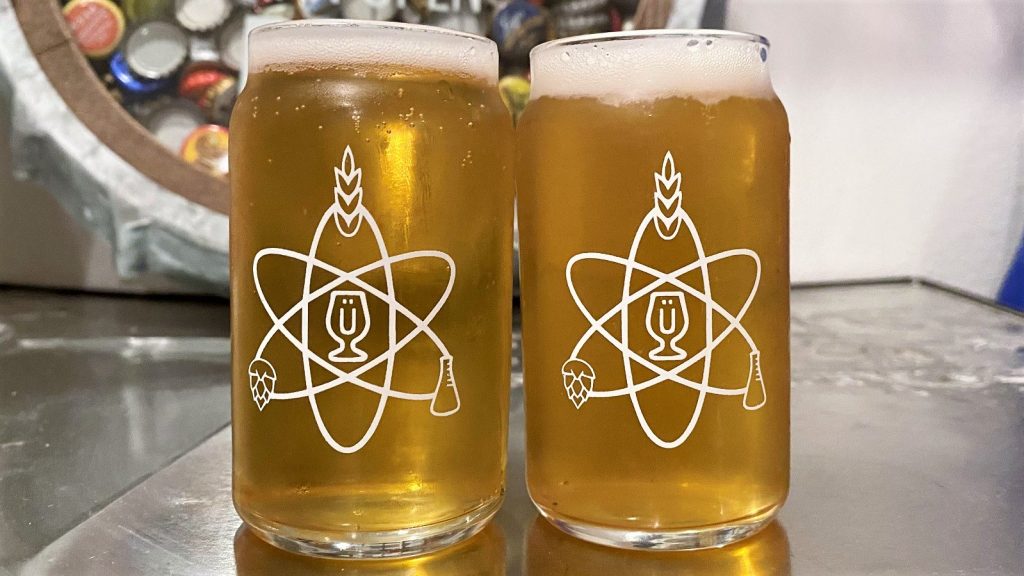
| RESULTS |
A total of 29 people of varying levels of experience participated in this xBmt. Each participant was served 1 sample of the beer made with RO water and 2 samples of the beer made with tap water in different colored opaque cups then asked to identify the unique sample. While 15 tasters (p<0.05) would have had to accurately identify the unique sample in order to reach statistical significance, only 7 did (p=0.90), indicating participants in this xBmt were unable to reliably distinguish an American Pale Ale made with RO water from one made with tap water when both were adjusted to the same profile.
My Impressions: Out of the 6 semi-blind triangle tests I attempted, I correctly identified the odd-beer-out just once, and that was admittedly a lucky guess. While the version made with RO water was noticeably clearer than the one made with tap water, I perceived them to be identical in terms of aroma, flavor, and mouthfeel. Both were great examples of Pale Ale with classic
| DISCUSSION |
While it’s true that decent beer can be made with water so long as it doesn’t taste bad, many modern brewers have embraced the importance of adjusting the mineral profile and often start with a blank slate of RO water. However, some contend tap water that’s absent of chloramine and high levels of chlorine can produce beers of equal quality. Supporting this claim, tasters in this xBmt were unable to reliably distinguish an American Pale Ale made with RO water from one made with tap water when both were adjusted to similar mineral profiles.
A notable caveat to this xBmt is that the tap water used is specific to my location in Oregon, which reduces the generalizability of these findings. To be sure, I was fully aware that my municipality does not disinfect with chloramines and used a relatively small amount of chlorine, which is easy to deal with; I then used a kit to test the water I was actually brewing with before building up the mineral profiles of each. While I aimed to get all minerals as close as possible, I focused primarily on sulfate and chloride levels, which resulted in moderate differences in calcium and bicarbonate levels. The fact this didn’t have a noticeable impact is rather interesting.
I consider myself fortunate to have access to such great brewing water right out of the tap and will stick to using it for most of the beers I brew, as it’s not only easier, but cheaper. Just to reiterate—these findings are specific to the location I live and brew, and while it’s entirely possible others might have similar results, it’s essential to have baseline knowledge of the make-up of one’s tap water before using it in the manner I did for this xBmt. For that, I can’t recommend the LaMotte Water Test Kit enough!
If you have any thoughts about this xBmt, please do not hesitate to share in the comments section below!
Support Brülosophy In Style!
All designs are available in various colors and sizes on Amazon!
Follow Brülosophy on:
FACEBOOK | TWITTER | INSTAGRAM
If you enjoy this stuff and feel compelled to support Brulosophy.com, please check out the Support page for details on how you can very easily do so. Thanks!


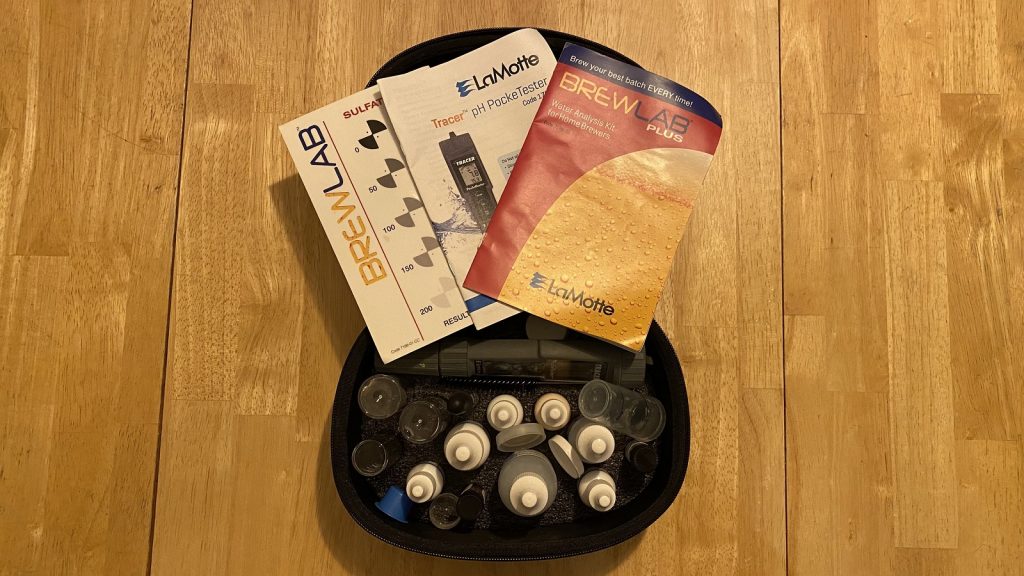
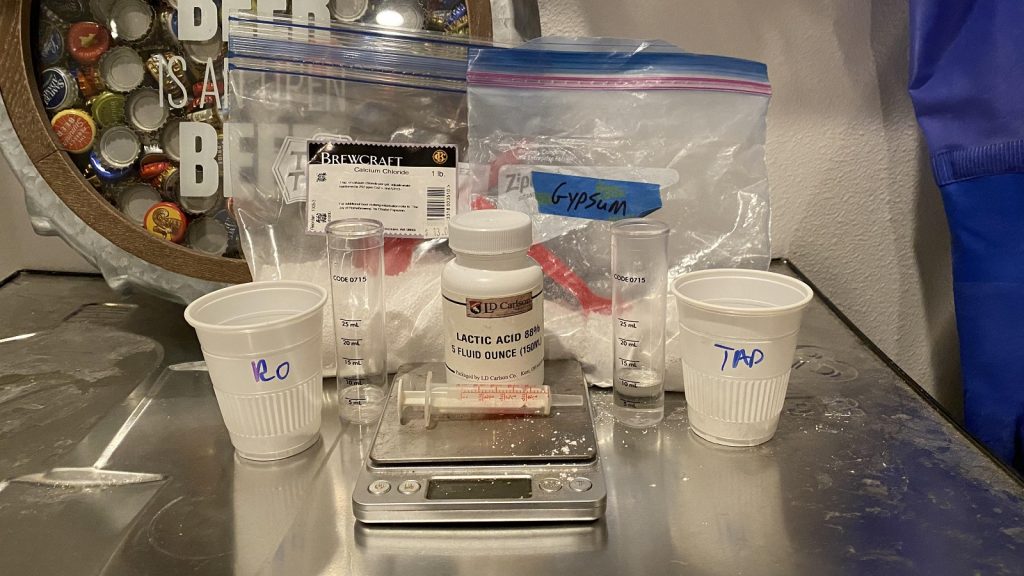
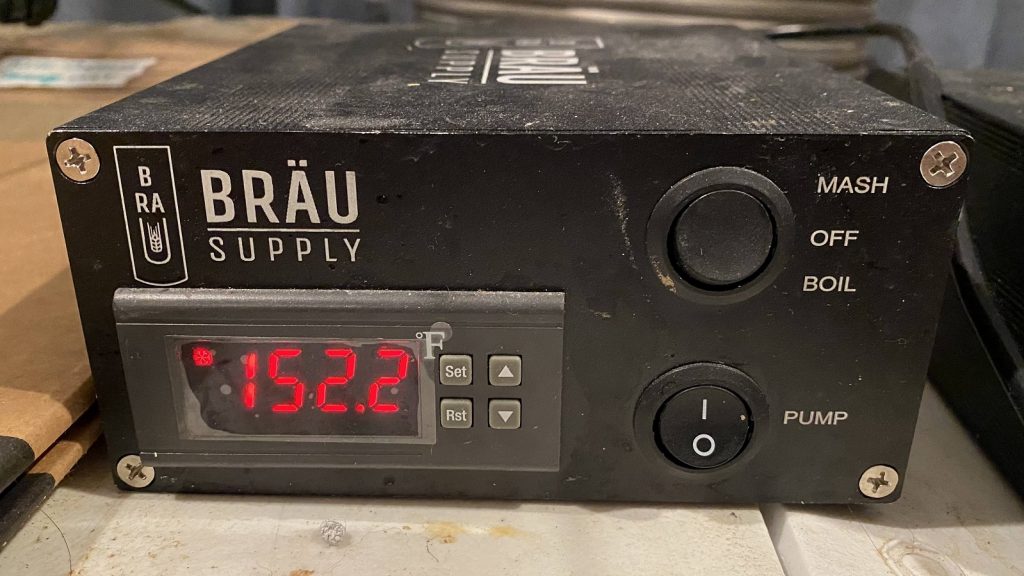
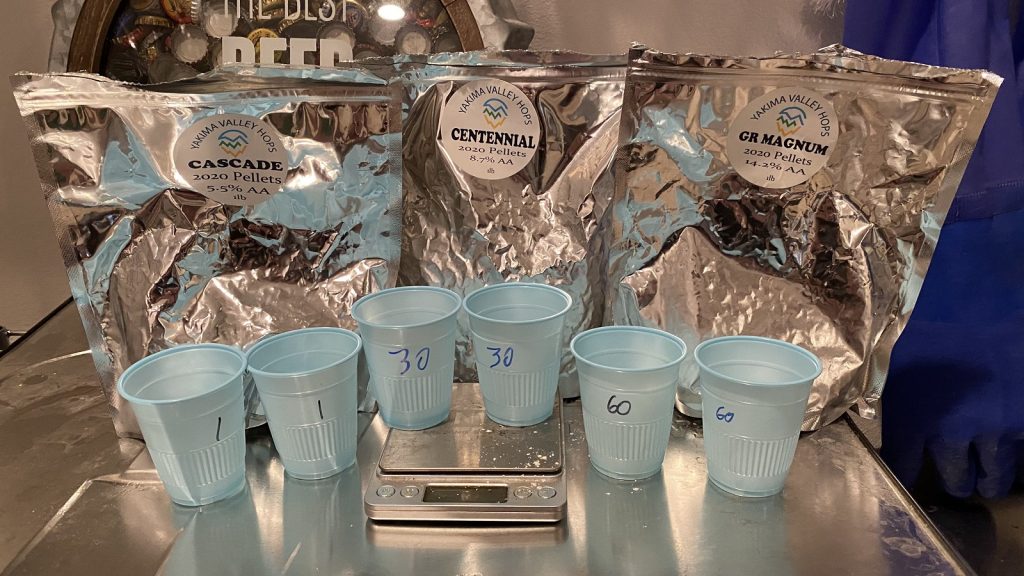
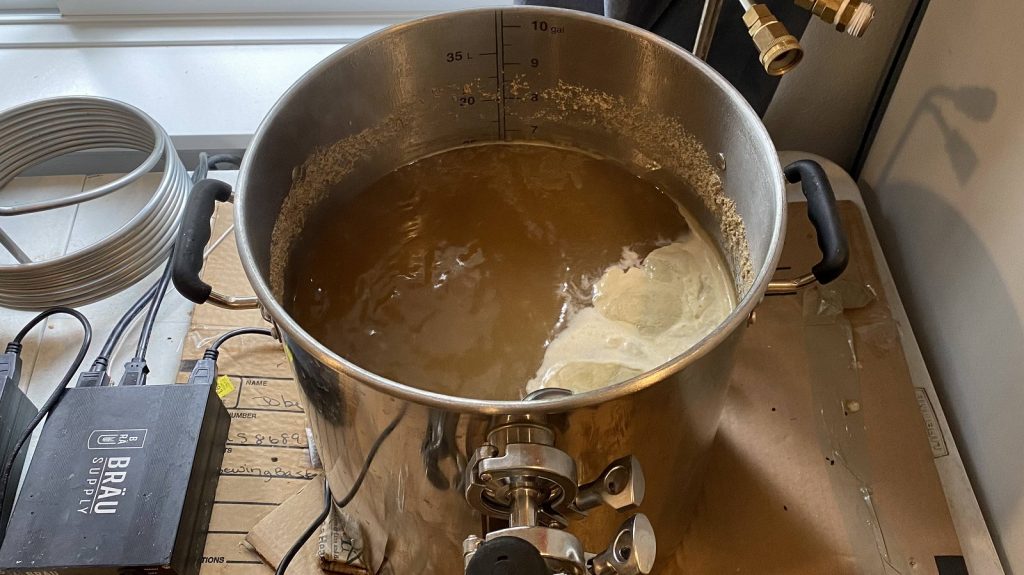
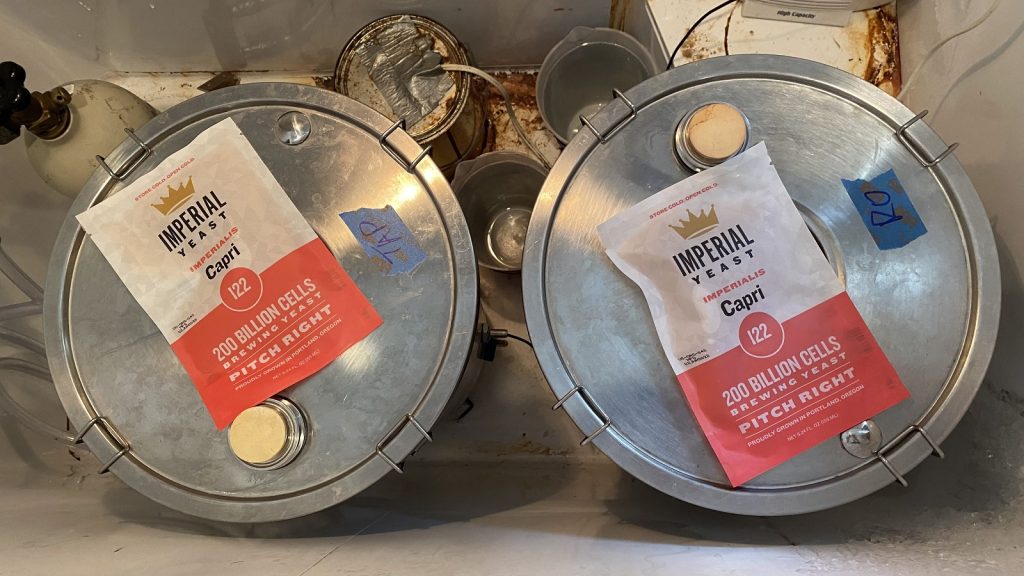
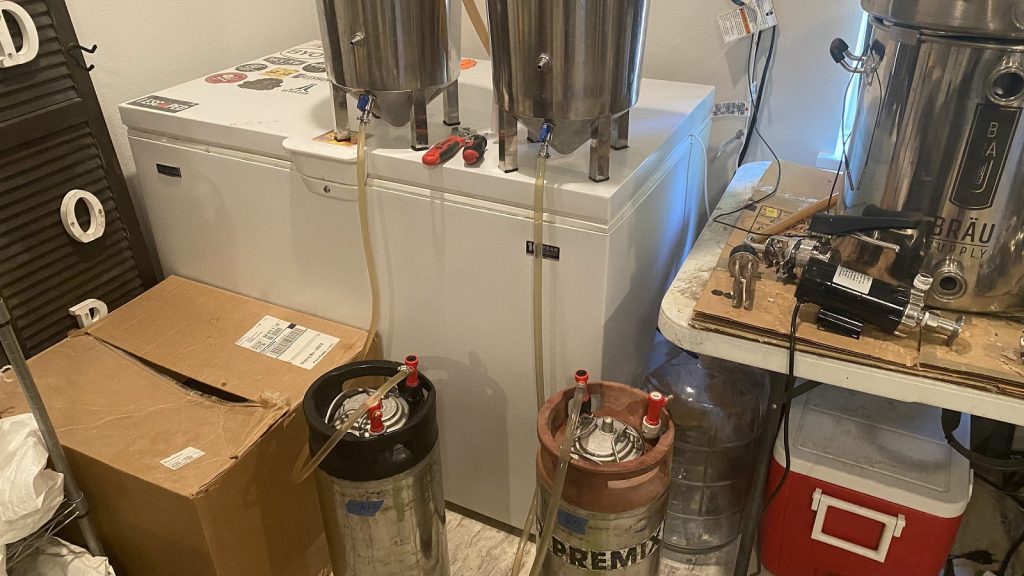











14 thoughts on “exBEERiment | Reverse Osmosis (RO) vs. Tap Water In An American Pale Ale”
Hello,
Any guesses as to why the RO beer was clearer?
Cheers,
Ben
I like the idea / notion of tap water adjusted being as good as RO water adjusted. However I would have preferred this experiment to have compared water with chloramine and chlorine present in larger quantities which then is adjusted with the addition of a SMB or PMB (obviously you were unable to do that as your water locally is too good).
Also could a reason be for the clearer nature of the RO version be the decreased overall mineral content with the tap water having much more bicarbonate within the liquid?
A better test would be to compare treated tap water vs. untreated.
Our city tap water is decent enough for brewing most beer styles, and we filter with carbon, but never add any chemicals.
Not so sure an American Pale Ale was the right beer for this experiemnt. That recipe with 42.6 IBUs could mask just about any water flaw. Maybe try using a recipe where the water flaws could be more identifiable like a pilsner or other light lager.
Yes, a light Pils would be the better beer to test this.
In Sweden I would say we have some of the best drinking water in the world. In my region we have ultra filtered water from the water plant som no need for them to ad chlorine. And it is almost as soft as in Pilsen. Luckily we can get the analyse report from the water plant for free! No need for RO water here.
Pilsner would be half tap, half RO. For me. Try it with a simple beer, like a pilsner, and you will understand. Starting with ro for all beers is basically not owning your local water scene. I get it that water sucks in some places. But most places, water is okay. Learn to work with your scene.
So 9ml of lactic (tap batch) for how many gallons of finished beer ? No lactate flavour ? Interesting
What is the purpose of adding the bicarb to RO water and then adding lactic? Makes no sense to me.
I’m not sure that chlorine is anything to worry about – it would boil off even in a “short and shoddy” brew. Chloramine will still probably boil off over an hour depending on volume and concentration in the water but it will leave behind ammonium which may affect flavor somewhat. Though I’d be interested to see if it is noticeable in practice.
I personally will not eat or drink anything with reverse osmosis water according to the world health organization it can cause serious health issues, I had a reverse osmosis machine in my home my family and dog became sick my husband actually died from the effects of this water I had the machine removed and researched all of my gluten free food my health is trying to rebound from this water and my dog is doing better, do your own research but this water stops your body from holding on to vitamins and minerals it was to late for my husband but not for others I know of others who have because ill from reverse osmosis water it’s a very high price to pay please read what the world health organization says about it
We don’t believe anything from the WHO.
Have been drinking RO water for decades. Me, my wife, and many friends.
Sorry…that dog doesn’t hunt.
Given that the water pH was adjusted prior to the mash with lactic acid, this results in neutralizing the bicarbonate to presumably the same level, probably near zero. Therefore the two water profiles are nearly identical in terms of calcium, mag, Sulfate, chloride and sodium. The findings are therefore logical.
What did you use to create your RO water?